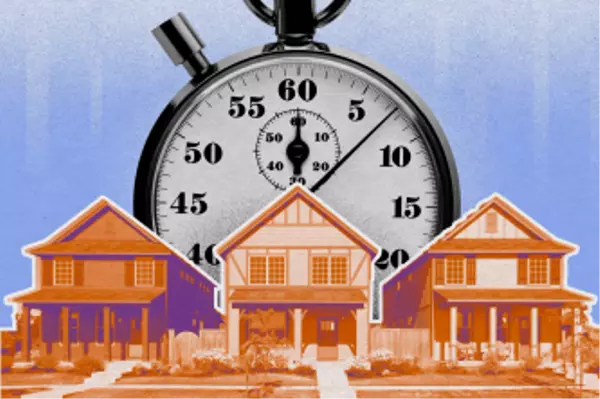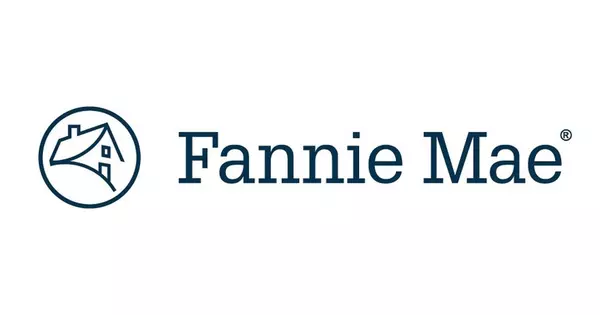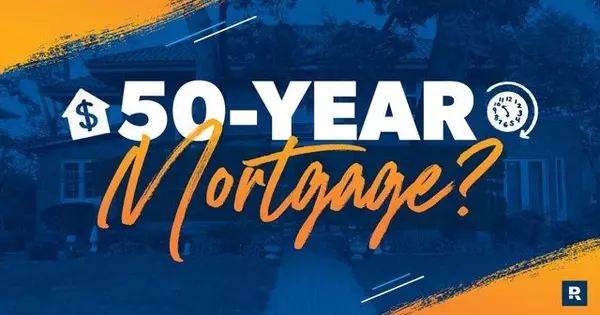Can a 50‑Year Mortgage Make Your San Antonio Duplex Cash Flow Positive in 2025?

A growing number of lenders and policymakers are exploring extended‑term mortgage options—like 40‑ or even 50‑year loans—as affordability challenges persist in high-demand markets such as San Antonio. For local investors evaluating rental properties or duplex opportunities, understanding how extended amortization affects cash flow, equity growth, and long-term returns is crucial.
Understanding the Context: San Antonio’s 2025 Investment Landscape
According to the San Antonio Board of Realtors (SABOR) October 2025 Market Report, the median home price held near $299,000, down about 3% year-over-year, while days on market climbed to 73—a sign of moderating but still stable demand. Zillow and Realtor.com both report that San Antonio’s rent growth has cooled compared to the double‑digit spikes of 2021–2022 but remains relatively strong at roughly 3% annualized growth, supported by population inflows, military relocations, and a steady housing shortage.
Duplexes in solid submarkets like Alamo Ranch, Northwest Crossing, and near Fort Sam Houston continue to attract investors because they balance rental income potential with owner-occupant financing options. Redfin data shows homes priced between $350K–$450K remain active, though sellers are offering more concessions and price reductions, improving entry opportunities for buyers using creative loan structures.
Modeling the Numbers: $400K Duplex Purchase Example
Let’s illustrate how a 50-year mortgage reshapes the cash‑flow picture compared to a traditional 30-year loan.
Key assumptions:
- Purchase price: $400,000
- Loan amount: 100% financed (for simplicity)
- Interest rate: 6.25% fixed (current Freddie Mac 30-year average)
- Property tax (Bexar County): 2.12%
- Insurance: $2,300 per year
- Property management fee: 10% of rent
- Estimated combined rent: $2,500/month ($30,000 annually)
Monthly principal & interest payments:
- 30‑year term: $2,455
- 50‑year term: $1,908
That’s a $547 difference each month—cash flow that could help offset vacancies, repairs, or future rate adjustments.
Annual cost comparison:
|
Component |
30‑Year |
50‑Year |
|
Mortgage (P&I) |
$29,460 |
$22,896 |
|
Property Taxes |
$8,480 |
$8,480 |
|
Insurance |
$2,300 |
$2,300 |
|
Management Fee |
$3,000 |
$3,000 |
|
Total Annual Cost |
$43,240 |
$36,676 |
|
Net Cash Flow |
‑$13,240 |
‑$6,676 |
Even under conservative estimates, the 50‑year mortgage cuts the annual shortfall by nearly half.
Beyond the Numbers: Market and Strategy Insights
- Affordability and Risk Management
Realtor.com’s 2025 affordability index places San Antonio above other major Texas metros like Austin and Dallas, yet financing flexibility still plays an outsized role for investors balancing debt service and rent uncertainty. A 50‑year mortgage reduces near-term pressure, allowing investors to stabilize occupancy and reinvest savings into capex or marketing. - Trade‑Offs in Equity Growth
Zillow’s research projects home values in San Antonio to rise between 2%–4% in 2026. With a longer loan term, it takes decades longer to reach significant equity milestones, which matters most if you plan to refinance or sell before year 15. Most of your payments in early years go toward interest, so appreciation will drive almost all equity gains. - Impact of Rent Dynamics
Redfin data shows San Antonio’s average two‑unit rentals maintain occupancy rates above 93%, but rent increases are moderating. Areas tied to employment and school districts (North East ISD, Northside ISD, and Lackland AFB) remain stronger rents per square foot. If your duplex achieves $2,800–$3,000 in combined monthly rent, break-even or positive cash flow becomes realistic, even with a 30‑year loan. - Tax and Deduction Advantages
Texas investors benefit from no state income tax, and deductions for interest, property taxes, depreciation, and management costs add significant offset potential. With longer-term mortgages, interest write‑offs extend further, potentially improving early‑year cash‑on‑cash returns.
Strategic Guidance for Buyers
If cash flow and flexibility are your priorities:
The 50‑year mortgage can offer meaningful breathing room, especially for first‑time investors or those managing multiple properties. Use the savings to pad reserves, cover vacancies, or fund upgrades that raise rent potential.
If long-term wealth building is your goal:
A 30‑year loan still delivers stronger equity growth and higher long-term ROI. For seasoned investors planning to scale or exit within 15–20 years, faster principal reduction can be more advantageous than slightly improved near‑term cash flow.
Hybrid Strategy:
Some San Antonio investors adopt the “flex‑amortization” approach—taking out a 50‑year mortgage but making additional principal payments as if it were a 30‑year. This preserves flexibility while still accelerating equity growth when possible.
- The 50‑year mortgage can improve immediate cash flow by roughly $6,000–$7,000 annually on a $400K duplex, but it significantly prolongs your debt horizon.
- San Antonio’s steady housing demand makes this a viable tactic for investors seeking monthly relief rather than rapid equity.
- With rising property taxes and tempered rent growth, precise underwriting is essential to ensure your numbers remain in the black.
- Work with a real estate agent and mortgage advisor who understand how term structure interacts with market cycles and your personal goals.
For a personalized cash‑flow analysis comparing 30‑, 40‑, and 50‑year mortgage terms across San Antonio, Boerne, or Schertz neighborhoods, reach out for a custom scenario tailored to your investment plan.
Contact:
Mark Stillings
210.772.3123
mark@markstillings.com
Instagram: @mark_stillings
TikTok: @markstillingsrealtor
YouTube: @markstillings
Categories
Recent Posts











